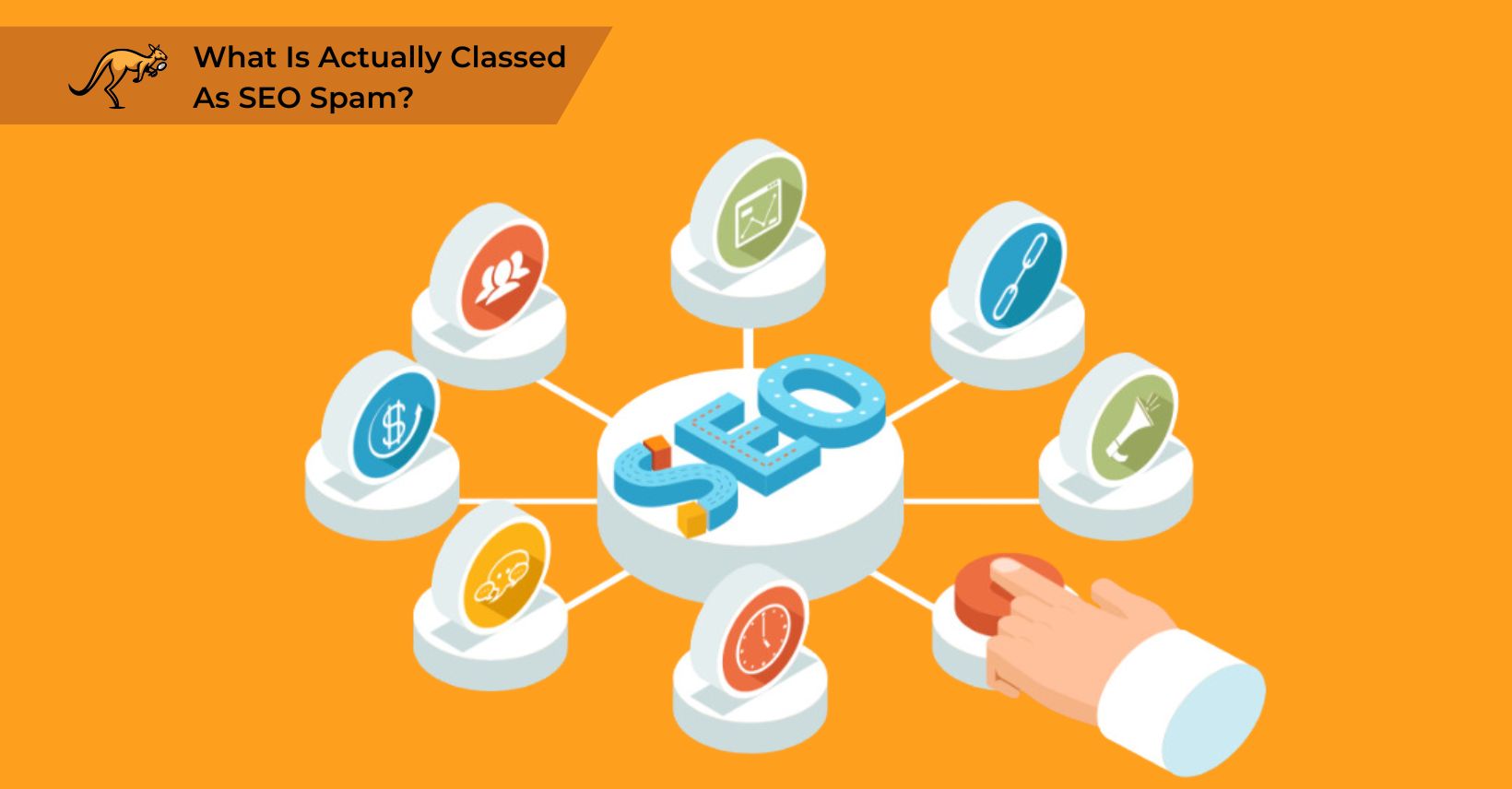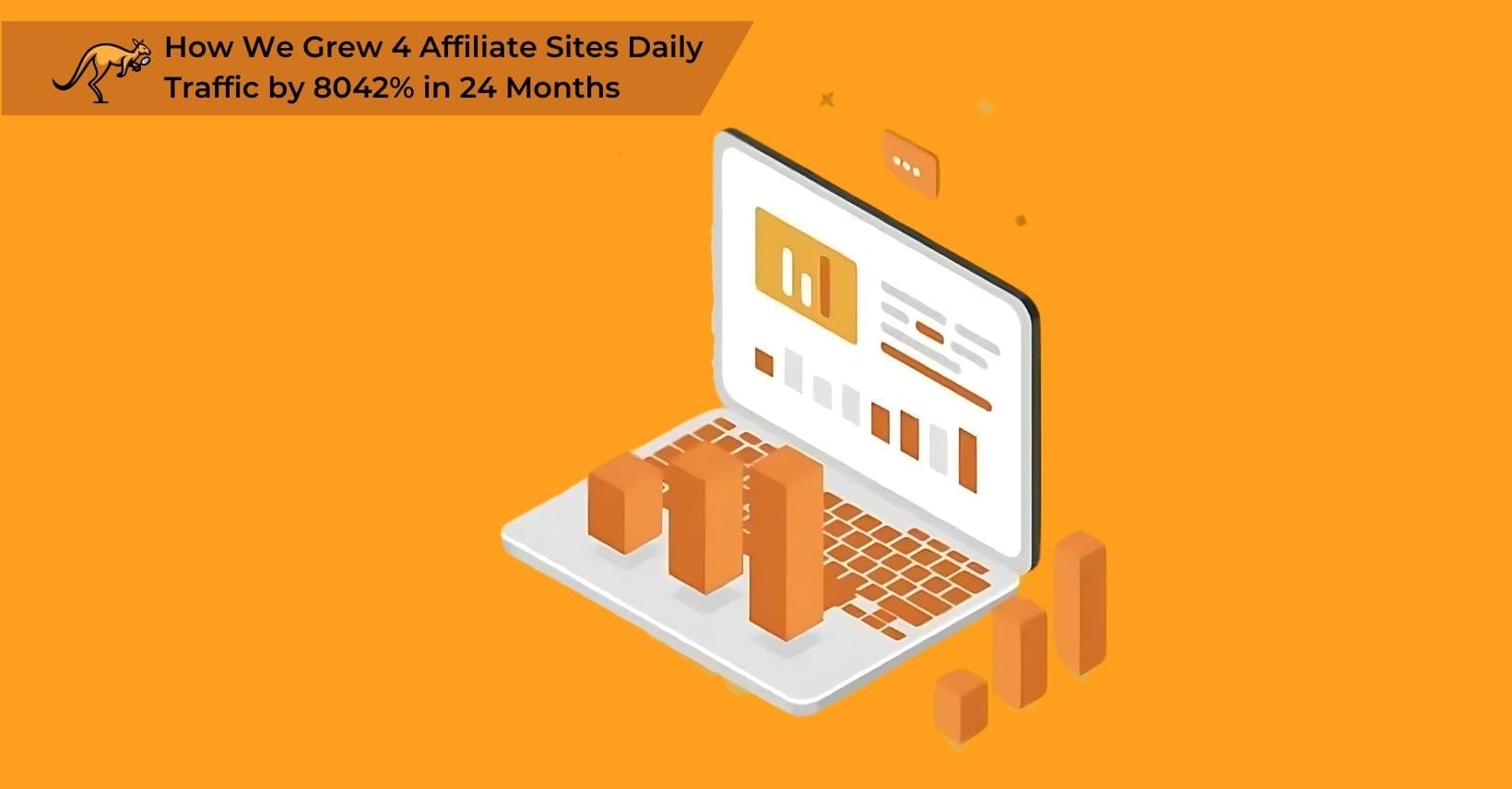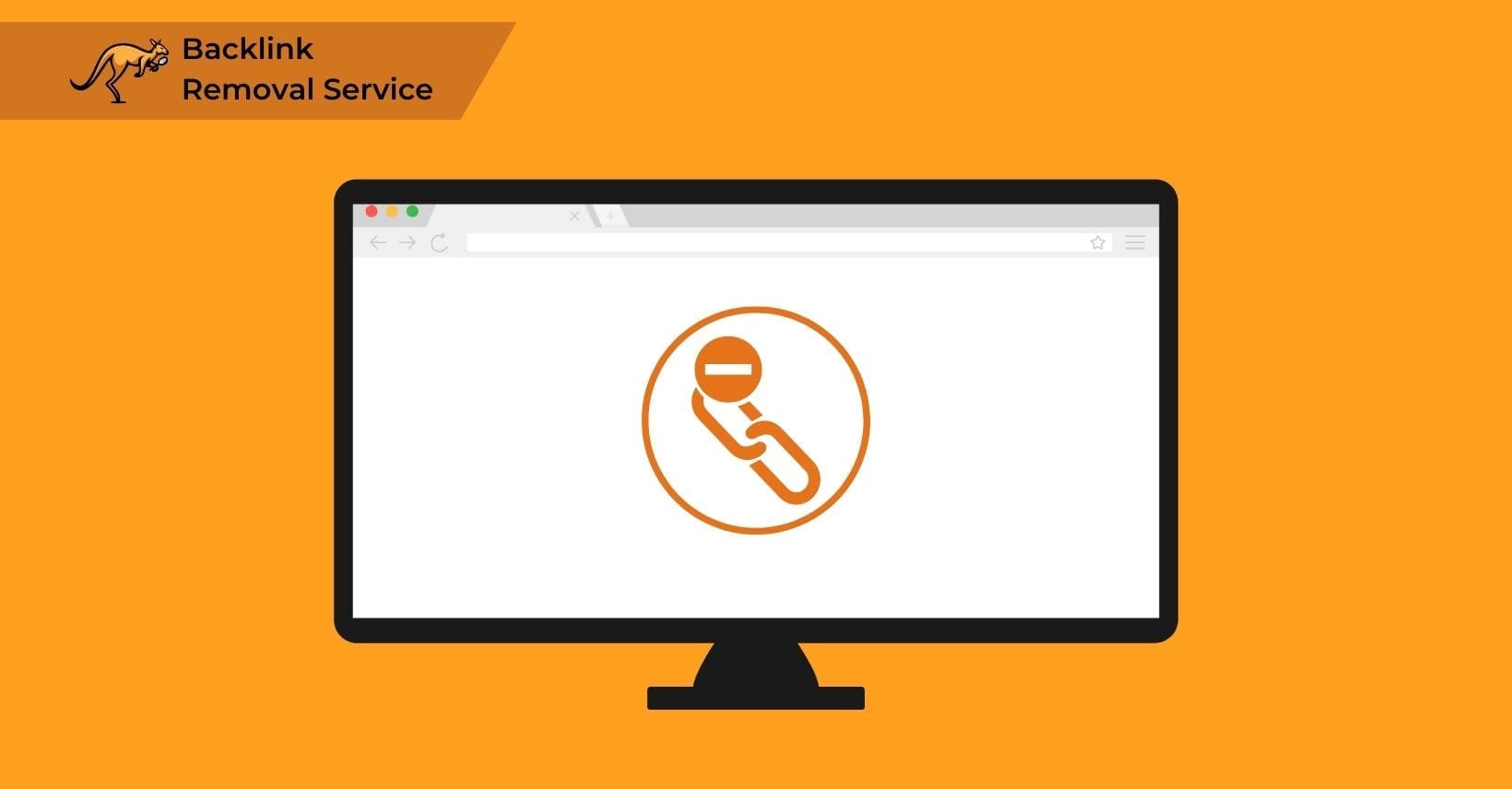In SEO, we’re always talking about the best strategies and practices when it comes to your website and finding the best links for your link-building campaigns. However, knowing what not to do can help you avoid falling into spam and not harm your site’s ability to rank, drive traffic and generate revenue.
Most sites are not intentionally doing spam (and those who are, know it’s not a sustainable tactic). Nonetheless, many websites end up unintentionally falling into spam practices. They are faced with the fact that they can’t rank higher or fall from their previous search rankings. Or even worse than this, they might get a manual sanction or have their websites deindexed from the search engine.
Google has been adamant in its position against spam in its search results. In June of last year, they even released an algorithm update that they called a spam update, a brand-new smart detection technology to ensure better search results. So, whether you’re spamming intentionally or not, there’s no avoiding the sanctions anymore.
For those of you not inclined to spam but that might be web-spamming without meaning to, we’ll show exactly what spam is and what can happen to your site if you do it.
What is Considered Spam?
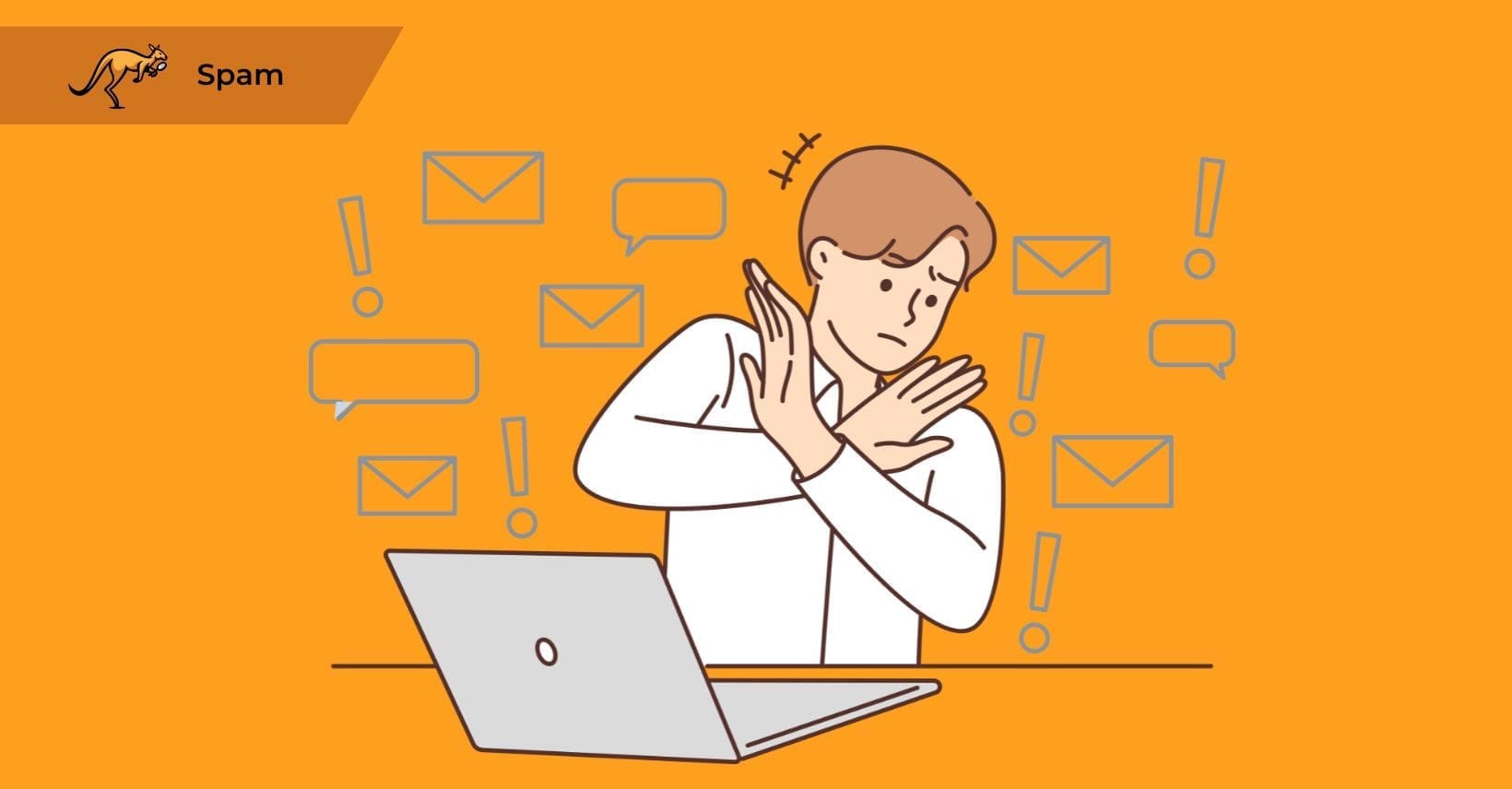
SEO spam has several forms, but its main indicator is an intention to manipulate search engine rankings by misrepresenting a website’s niche, content, or the nature of products/services offered, which results in unearned ranking or traffic that violates search engine guidelines.
Most fall into spam practices in an effort to boost their own site or a client’s site. There’s also negative SEO, where you use spam practices to impact a competitor’s site negatively.
Actually, spam has been the main way to make money for several online industries throughout the years (online gambling, porn, and pharma sites). Simultaneously, search engines have long fought to get rid of these sites using spam tactics from the SERPs.
Google goes further into discussing spam and its position:
‘Ever since there have been search engines, there have been people dedicated to tricking their way to the top of the results page. This is bad for searchers because more relevant pages get buried under irrelevant results, and it’s bad for legitimate websites because these sites become harder to find. For these reasons, we’ve been working since the earliest days of Google to fight spammers, helping people find the answers they’re looking for, and helping legitimate websites get traffic from search.’
‘Our algorithms are extremely good at detecting spam, and in most cases, we automatically discover it and remove it from our search results. However, to protect the quality of our index, we’re also willing to take manual action to remove spam from our search results.’
And this is where search engine guidelines can become a playbook for any website that wants to rank high in the SERPs while avoiding spam tactics.
What are the Different Types of Spam?
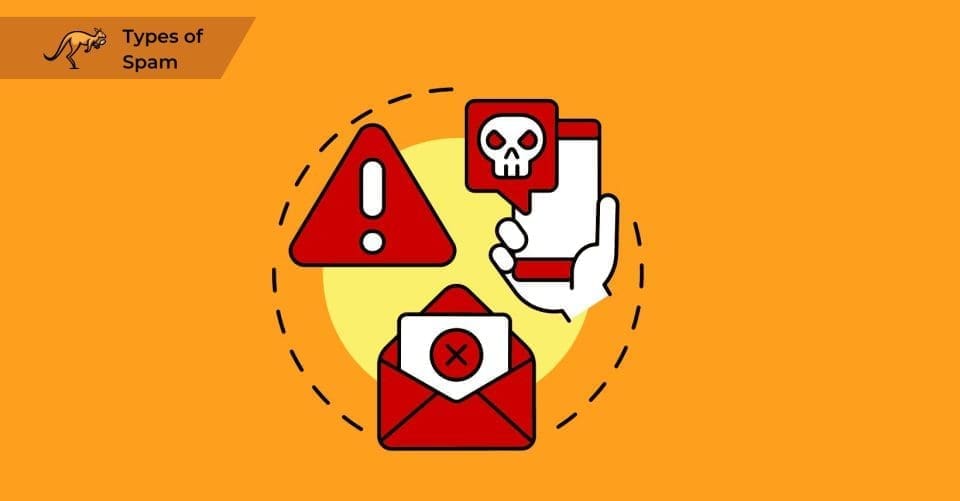
Looking at the quality guidelines in Google’s Webmaster Guidelines, we can see clear instructions on how to avoid common spam tactics. They will be very useful when classifying every type of spam practice, you could incur in.
Identifying SEO spam involves examining websites for telltale signs such as keyword stuffing, hidden text or links, irrelevant backlinks, duplicate content across multiple pages, and automatically generated content that provides little value to users.So, let’s check them out next.
Spreading user-generated spam
This is the main spam practice used in negative SEO to negatively impact a competitor’s site. Although user-generated spam can happen as a result of other people’s actions against your own site, Google considers the following as spam:
- “Spammy accounts on free hosts
- Spammy posts on forum threads
- Comment spam on blogs”
Fortunately, most times, Google will not issue a manual sanction; rather, it will give ways to prevent comment spam and leave it to the site owner to monitor and eliminate the spammy links so they won’t incur a penalty.
Having deceptive links on your site
OK, there are countless ways site owners or admins deceptively use links, so Google has taken the effort to go into extensive detail about link spam. Basically, any link coming from or going to a site intended to increase rankings is considered a link scheme by Google. Although there are some instances where this is not considered spam, like genuine guest posts with high value for readers, Google details the following:
- “Buying or selling links that pass PageRank. This includes:
- Exchanging money for links, or posts that contain links
- Exchanging goods or services for links
- Sending someone a “free” product in exchange for them writing it and including a link
- Excessive link exchanges (“Link to me and I’ll link to you”) or partner pages exclusively for the sake of cross-linking
- Large-scale article marketing or guest posting campaigns with keyword-rich anchor text links.
- Using automated programs or services to create links to your site
- Requiring a link as part of a Terms of Service, contract, or similar arrangement without allowing a third-party content owner the choice of qualifying the outbound link, should they wish”
Any link considered unnatural is also a link scheme and falls into the category of spam. Here are the examples Google gives:
- “Text advertisements that pass PageRank
- Advertorials or native advertising where payment is received for articles that include links that pass PageRank
- Links with optimized anchor text in articles or press releases distributed on other sites. For example:
- There are many wedding rings on the market. If you want to have a wedding, you will have to pick the best ring. You will also need to buy flowers and a wedding dress.
- Low-quality directory or bookmark site links
- Keyword-rich, hidden or low-quality links embedded in widgets that are distributed across various sites, for example:
- Visitors to this page: 1,472
- car insurance
- Widely distributed links in the footers or templates of various sites
- Forum comments with optimized links in the post or signature, for example:
Thanks, that’s great info!
- Paul
paul’s pizza san diego pizza best pizza san diego”
Like we said before, there are some paid links Google considers OK, as long as they’re tagged as such. Of course, advertising is a vital and common part of the internet economy. And lastly, outreach to get site owners, writers, or admins genuinely interested in talking or writing about your site, service, or product is also OK. Just hire a tried-and-true link building agency that will provide genuine outreach. Anything but this is considered spam by Google.
Affiliate program sites
Having an affiliate program website is a bit complicated.
In Google’s own words: ‘affiliate websites do not provide additional value for web users, especially (but not only) if they are part of a program that distributes its content across a network of affiliates.’
This doesn’t mean that every affiliate website is considered spam, but ones that fall into the following practices sure are:
- Sites with product affiliate links on which their product descriptions and even reviews are a direct copy/paste from the original merchant site without any changes, new original content or any added value.
- Most of the site is tailored towards affiliation and has very little to no original content or extra value for its users.
As we said before, Google believes ‘not every site that participates in an affiliate program is a thin affiliate. Good affiliates add value, for example, by offering original product reviews, ratings, navigation of products or categories, and product comparisons.’
Pages with hidden text and links
In a nutshell, don’t hide text or links on any page within your site. These hidden text or links are considered a form of spam, and Google’s Webmaster Guidelines gives ample examples:
- ‘Using white text on a white background
- Locating text behind an image
- Using CSS to position text off-screen
- Setting the font size to 0
- Hiding a link by only linking one small character—for example, a hyphen in the middle of a paragraph.’
Pages with sneaky redirects
Suppose a site directs a website visitor to a different URL than the one it was originally stated. In that case, this qualifies as a sneaky redirect. You have these examples from Google:
- ‘Search engines shown one type of content while users are redirected to something significantly different
- Desktop users receive a normal page, while mobile users are redirected to a completely different spam domain.’
Sites with doorway pages
Doorway pages in a site are those stuffed with keywords whose sole goal is to rank. Usually, when users access these pages, they are automatically redirected to another page within site.
Google’s examples for doorway pages consist of:
- ‘Multiple domain names or pages as specific regions or cities that direct users to a single site
- Pages generated to funnel visitors into the actual usable or relevant portion of your site(s)
- Substantially similar pages that are closer to search results than a clearly defined, browsable hierarchy.’
Site with irrelevant keywords
What we mean here, Google best describes it as “keyword stuffing,” which is when a site uses too many keywords on a page in a way that’s not natural, or has any topical relevance to its content in an effort to increase its rankings. Google lists several examples of this practice:
- ‘Lists of phone numbers without substantial added value
- Blocks of text that list cities and states that a webpage is trying to rank for
- Repeating the same words or phrases so often that it sounds unnatural, for example:
- We sell custom cigar humidors. Our custom cigar humidors are handmade. If you’re thinking of buying a custom cigar humidor, please contact our custom cigar humidor specialists at custom.cigar.humidors@example.com’
Sites using cloaking
Cloaking is when a domain presents different content and URLs to a search engine crawler than those it shows to its users.
Cloaking in itself is not spam and is used in some normal instances. Still, as we said at the beginning of this article, if you’re being deceptive to gain better rankings or traffic, it’s spam.
Let’s say a website that presents its niche as baby blankets to Google but, in reality, is a porn site when a normal user tries to access it. Doing this and other practices are considered spam, as Google puts it:
- ‘Serving a page of HTML text to search engines, while showing a page of images to users
- Inserting text or keywords into a page only when the user agent that’s requesting the page is a search engine, not a human visitor.’
Page with malicious behavior
Any page that attempts to harm the end-user in any way is considered a spam practice. To Google, the following examples are considered pages with malicious behavior:
- ‘Changing or manipulating the location of content on a page, so that when a user thinks they’re clicking on a particular link or button the click is actually registered by a different part of the page
- Injecting new ads or pop-ups on pages, or swapping out existing ads on a webpage with different ads; or promoting or installing software that does so
- Including unwanted files in a download that a user requested
- Installing malware, trojans, spyware, ads or viruses on a user’s computer
- Changing a user’s browser homepage or search preferences without the user’s informed consent.’
Sites using automatically generated content
Although pretty self-explanatory, automatically generated content is content that is procedurally generated with the sole intention of ranking and not providing real reading value to a user.
Google gives examples of this practice:
- ‘Text generated using automated synonymizing or obfuscation techniques
- Text generated from scraping Atom/RSS feeds or search results
- Text translated by an automated tool without human review or curation before publishing
- Stitching or combining content from different web pages without adding sufficient value
- Text that makes no sense to the reader but which may contain search keywords.
- Text generated through automated processes, such as Markov chains.
Note: Yes, these are pretty good, but yes, still detectable and you will get penalized.’
Pages or sites with scraped content
Scraped content means ripping content from other sites and pasting it on your site, and yes, this is also considered spam. Examples for this, as stated by Google, are:
- ‘Sites that copy and republish content from other sites without adding any original content or value
- Sites that copy content from other sites, modify it slightly (for example, by substituting synonyms or using automated techniques), and republish it
- Sites that reproduce content feeds from other sites without providing some type of unique organization or benefit to the user
- Sites dedicated to embedding content such as video, images, or other media from other sites without substantial added value to the user.’
Now, scraped content is not the same as duplicate content, which happens on your website when sharing content that’s an exact copy or extremely similar to another webpage.
What are the Consequences of Spam for your Site?
Google detects and penalizes SEO spam through two primary methods: automated detection by crawlers that trigger algorithmic penalties when spam patterns are identified, and manual reviews by human evaluators who issue specific penalties when they discover deceptive practices that violate Google’s guidelines.
Either way, spam can result in a decrease in your ranking and traffic. In some cases, it can result in a complete de-indexation of your site if it happens to be detected by a human agent and a manual action is issued.
So, what do you do if you’re going through either of these outcomes?
It’s easier to notice the issue when a manual action is issued since you will get a message from Google citing their corrective measure. However, Google may not detail the specific thing on your site causing the sanction.
Suppose you notice a decrease in rankings or traffic after an algorithmic update (where usually many changes take place simultaneously). In that case, you’ll have to play detective and look for the culprit.
For these algorithm updates, usually, we get notifications from Google or, provided you use one, from an SEO tool that tracks these types of changes. Still, it will need some figuring out from your side, meaning finding out what specific change caused the drop in rankings or traffic.
When your website experiences a sudden drop in rankings or traffic following a Google algorithm update, it’s essential to take your time with making changes.
These shifts are typically temporary, lingering for several days or even weeks. Instead, use this period to calmly gather insights about the recent modifications and seek guidance from seasoned SEO professionals on adapting.
Removing SEO spam from websites requires conducting a thorough site audit to identify problematic content, eliminating hidden text and links, disavowing toxic backlinks through Google Search Console, and replacing thin or duplicate content with valuable original material.
With this knowledge, trust your instincts and carefully plan the adjustments needed for your website. This approach protects your site and enhances its position in search results.
To ensure the long-term success of your site’s SEO strategy, consider partnering with link building agency like Searcharoo. These agency are designed to help you avoid SEO spam and protect your site’s ranking.
What makes us to be your Ideal partner for avoiding SEO spam and Safeguarding your Site’s Ranking?
Searcharoo is an ideal partner for avoiding SEO spam and protecting your site’s rankings. We employ advanced algorithms and machine learning techniques to detect and filter out spammy content and links.
Our capability ensures that such content does not adversely affect your site’s SEO performance, helping to maintain its credibility with search engines.
Regular updates and adaptations to its methods also allow Searcharoo to stay ahead of evolving spam tactics, providing up-to-date defenses that keep your site secure.
Our comprehensive site audits can pinpoint vulnerabilities where spam might be injected or where the site might be susceptible to attacks, further safeguarding your online presence.
We likely offer resources and support to educate website owners about SEO spam risks and prevention, integrating spam detection with overall SEO best practices.
Our approach helps avoid spam penalties, optimizes for the best search engine rankings and finding the best links for your link-building campaigns. Customizable solutions to specific needs and threats make us a versatile and effective tool in maintaining the integrity and performance of your website in search rankings.
Final Reflections on Protecting Your Site Against SEO Spam
Even if you own a legitimate site and practice legitimate link building, you’re not immune to spam. You can engage in its practices without knowing it, especially if you don’t hire the right professionals for your SEO and link-building needs.
Hopefully, this article can help you prepare better, teach you what to avoid, and help you diagnose your site if you’re hit a spam penalty from Google or if your rankings and traffic have decreased.
If you still think you may need expert help, just know we’ve turned around many sites many companies in the same situation with our comprehensive website ranking blueprint.
Legitimate SEO practices focus on creating valuable content for users while optimizing for search engines through transparent methods, whereas SEO spam employs deceptive tactics that prioritize manipulating algorithms over providing user value.
You can check our case studies and customer review sections if you want to know more about what we can do for your site.
Or even better, schedule a free strategy call and get an in-depth consultation and quote from us.
